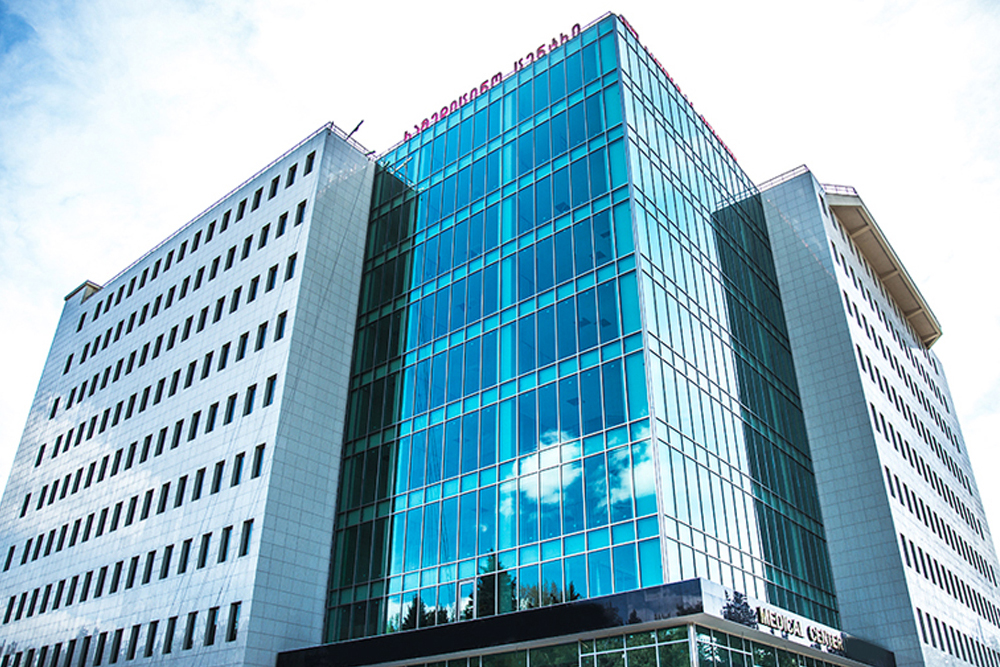Saakashvili Ordeal: Why Prison Facilities Matter?
The harrowing images of prison inmates shouting insults at Georgia’s ex-president Mikheil Saakashvili who was being rushed to the prison hospital have made rounds in the Georgian media. For days, Saakashvili himself, his lawyers, personal doctor as well as the Public Defender’s Office have insisted he was not to be transferred to this prison medical facility (called “18th facility”). We have tried to understand why that is and to provide you with an explainer.
Where Was Saakashvili Held before the Transfer, and Why?
Georgia’s Imprisonment Code, Article 50, subsection “e” says that “persons whose life and health may be under threat due to past official activities” must be detained in separate facilities. Originally, there were two such facilities in Georgia: the 9th facility (in Tbilisi’s southern Navtlugi district) was holding former officials – for example, former Tbilisi Mayor Gigi Ugulava served his time there. The 12th facility, in Tbilisi’s Ortachala district, was for the convicted police and security officers.
Two years ago, these two facilities were merged and moved to Tbilisi’s satellite town of Rustavi, under the designation of the “12th facility” and commonly called “Rustavi prison”. When Mikheil Saakashvili was detained, he was brought to this very prison, where he went on a hunger strike since his arrest on October 1. While the doctors were insisting that he must be transferred to a civilian hospital, to be under medical surveillance, the officials – including the Minister of Justice – insisted that the only possible transfer could happen to the “18th facility” – the prison hospital. While doctors worried, and Ombudsperson’s office affirmed, that this prison hospital was not sufficiently equipped to provide adequate care, there were other concerns.
What is the “8th Facility”?
The prison hospital – the “18th medical facility” in bureaucratic parlance – is located on the grounds of the “8th detention facility” – a larger prison in Tbilisi’s northern Gldani district – as can be seen on the Google Maps below. The whole prison is colloquially referred to as “Gldani Prison”. The hospital ward is adjacent to the prison detention buildings, with hardly 50 meters of distance between them. The Gldani Prison (“8th facility”) houses the inmates convicted for especially grave criminal offenses, those who were sentenced to more than 10 years in prison, those who are serving life sentences, repeat offenders, those inmates who committed offenses while in prison, and were transferred to a stricter-regime facility.
We have inquired with Ombudsperson’s office who indicated that a former police official – former head of criminal investigation – was transferred to the Gldani Prison only once, in 2015, and had to be promptly removed due to the possible mutiny of criminal inmates.
Does This Mean Saakashvili is in Danger?
The hospital ward is physically detached from the 8th facility building, which is the high-security prison. Saakashvili himself, according to the Public Defender’s office is held in a separated wing of the hospital prison, which is guarded and can only be accessed by the hospital and prison personnel. Absent a major critical lapse in security, the 8th facility inmates can not physically access Saakashvili.
However, psychological pressure is another matter. People who visited both facilities before affirm, that even casual noises – such as the radio, or TV left on in the 8th facility – can be overheard in the hospital building. Therefore, Saakashvili can certainly hear the verbal abuse that has been shouted at him by 8th facility inmates incessantly during yesterday’s transfer.
This habit of prison hazing of the former officials by orchestrating a massive and continuous stream of noise and abuse is a historical tradition of detention facilities in the former Soviet Union and was used to break the spirit of a transferred inmate, particularly unpopular among the criminal offenders. The Public Defender’s office has been warning of “the risk of verbal aggression, noise, verbal abuse or psychological pressure by certain groups of prisoners”.
The hospital ward does not have its own external security perimeter, all access is facilitated through the general entrance of the Gldani Prison. It is therefore likely, that not only Saakashvili himself, but visiting lawyers, journalists, and family – who would have to pass the common courtyard to access the hospital, are likely to be subjected to similar abuse. It is on these grounds, that the lawyers say Saakashvili’s detention in the prison hospital may be tantamount to degrading treatment under the understanding of Article 3 of the European Convention of Human Rights.
Could He Have Been Brought Elsewhere?

Yes, it is a common practice in Georgia for inmates to seek medical assistance outside the detention facilities. The rejections of such cases are extremely rare.
While the penitentiary institution does not provide up-to-date statistics of the inmates receiving medical treatment outside the detention facilities, the group of doctors who appealed to the authorities for the transfer of Saakashvili, mention that during the past year, 585 inmates received medical care in civilian facilities. The penitentiary also has a formal collaboration with one of the clinics – Vivamedi – which has a specially equipped and guarded separate ward for the inmates undergoing diagnostics and/or treatment.